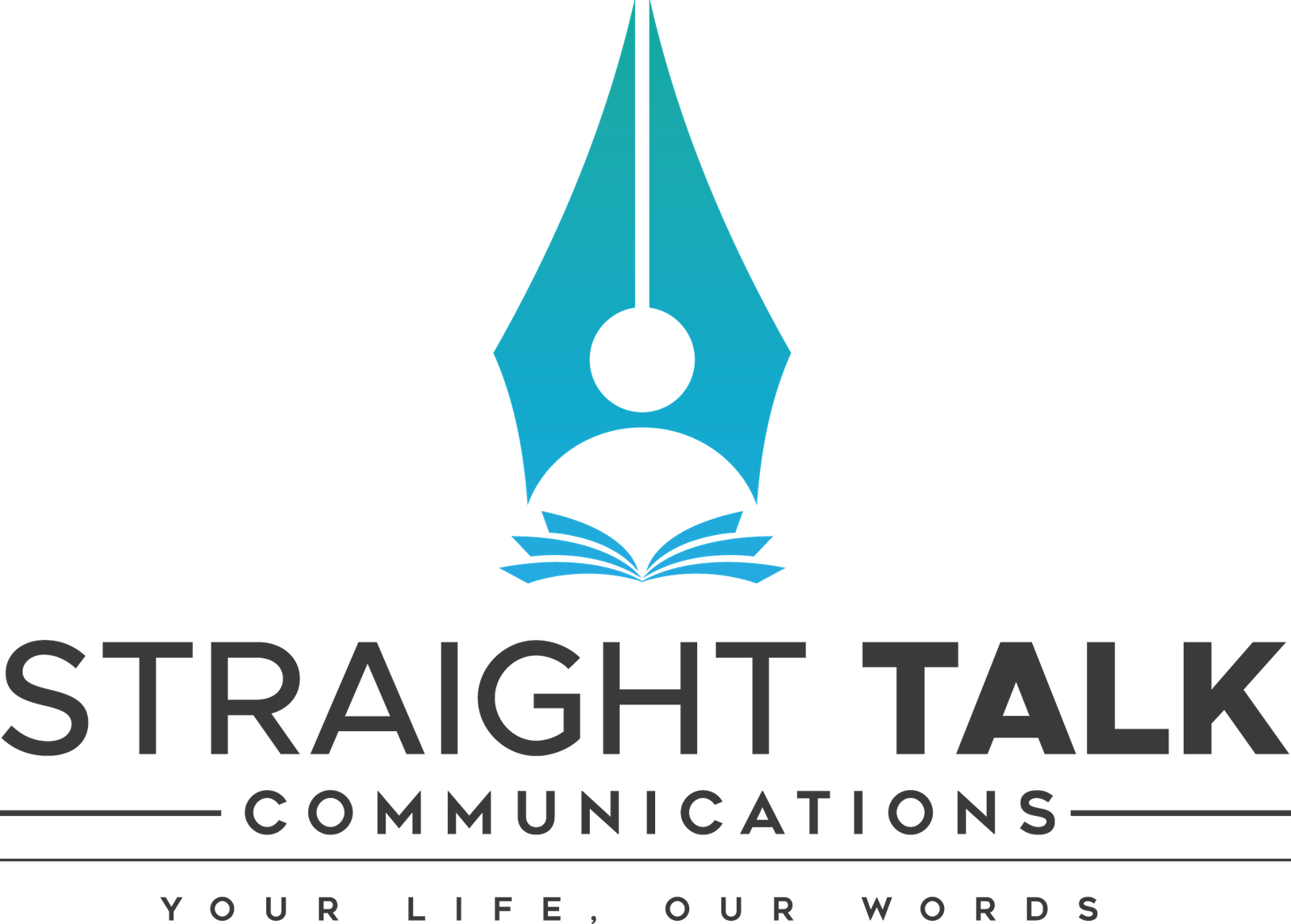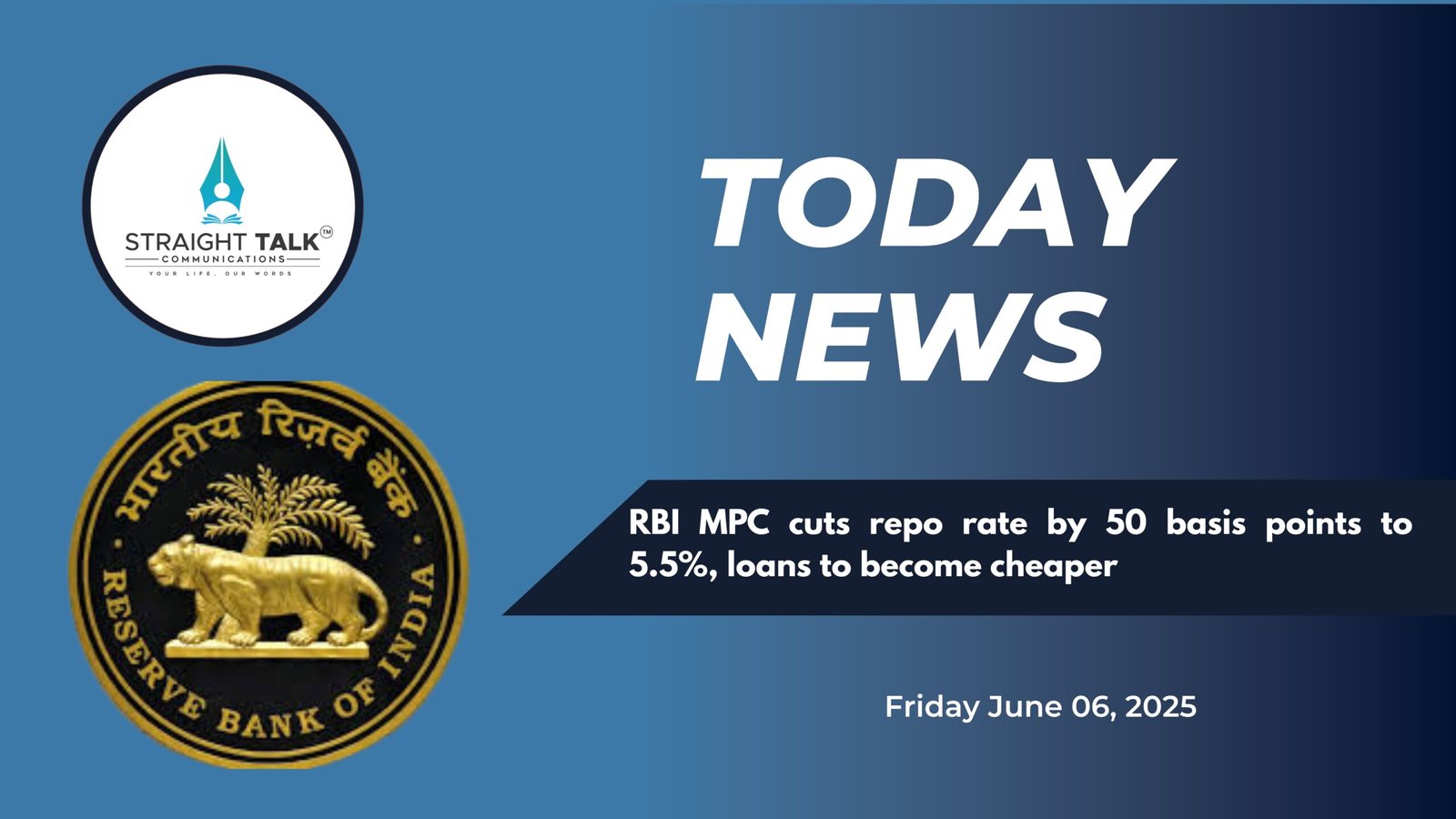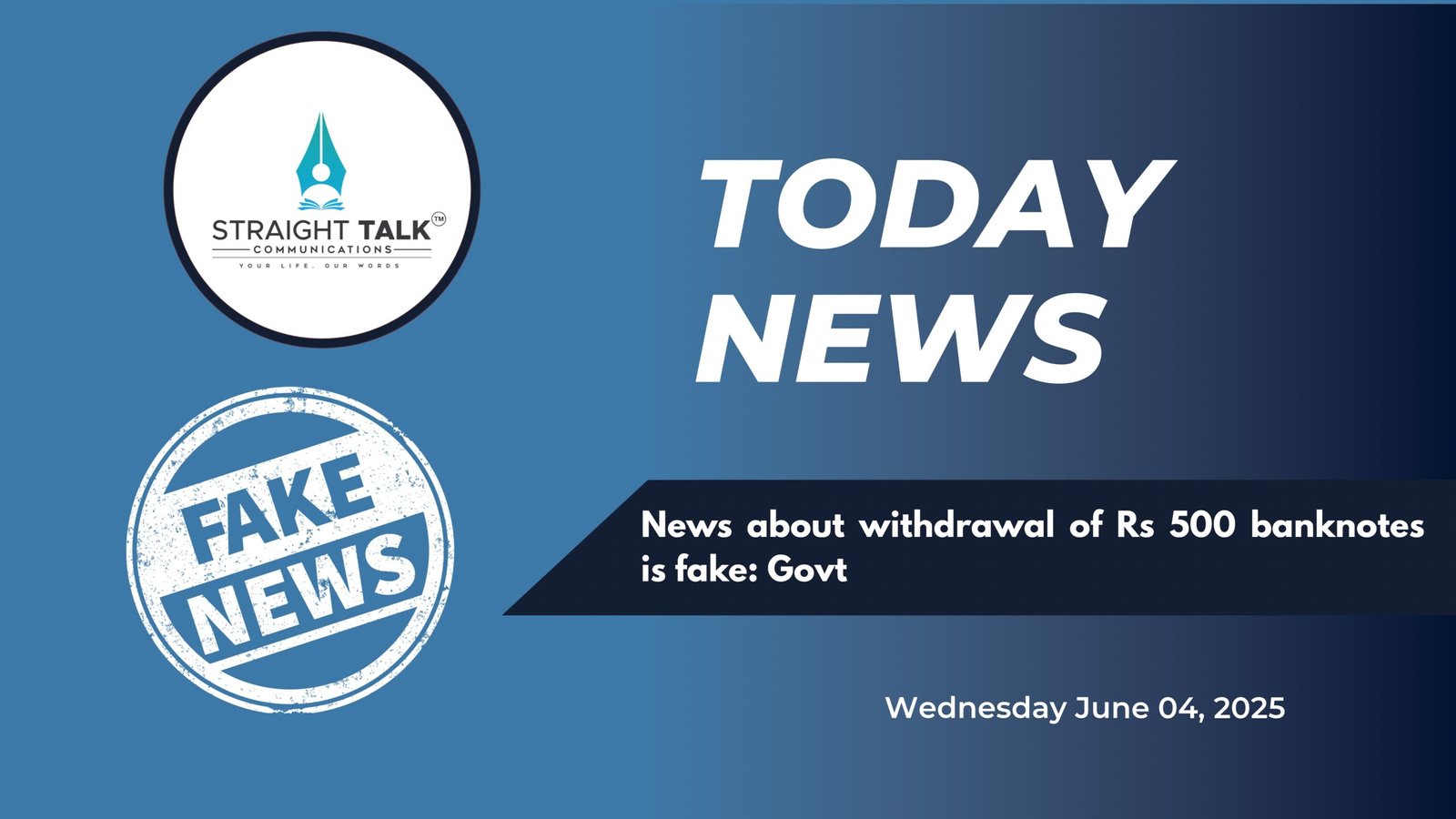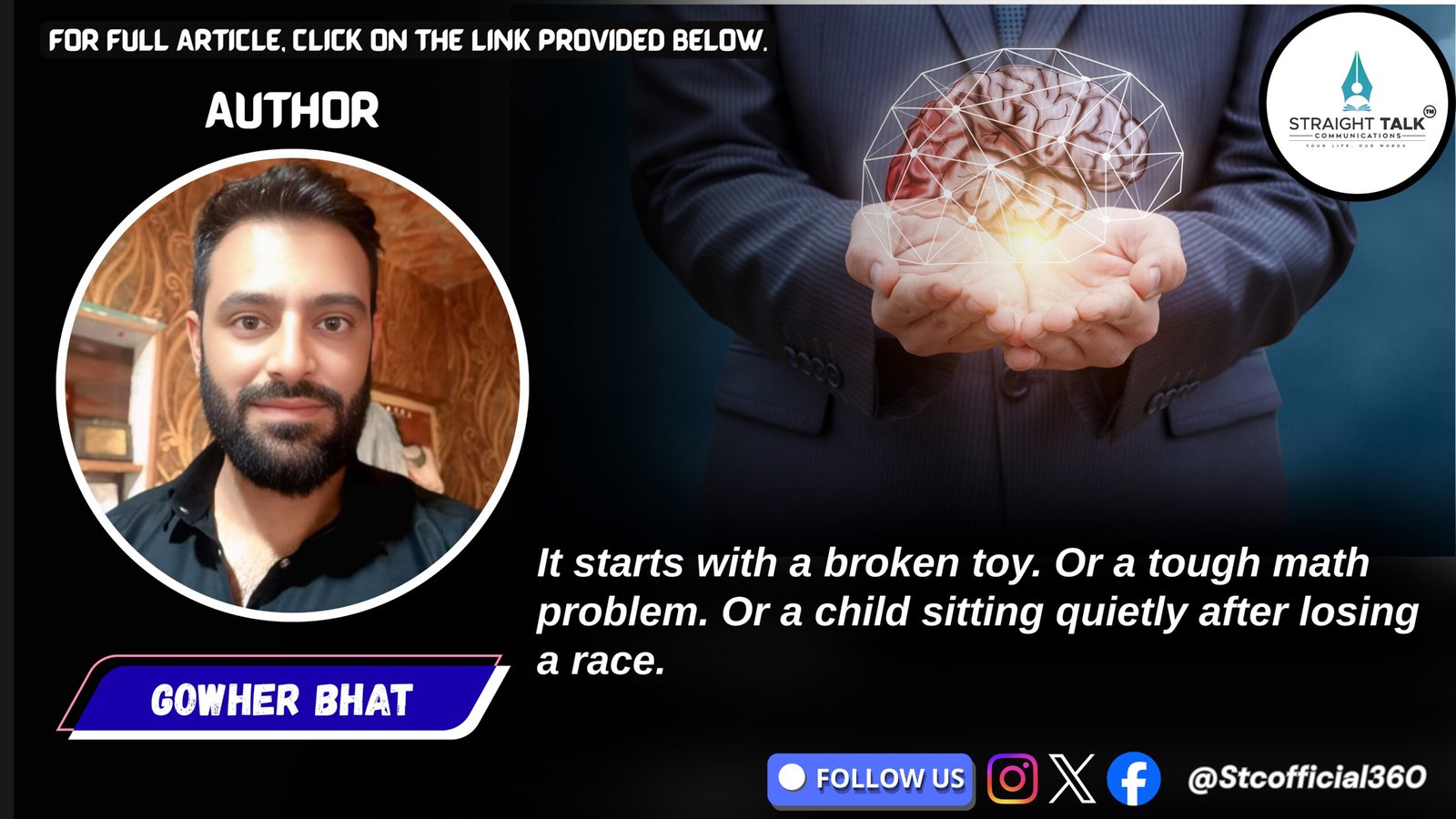The Rise of Selfie Culture
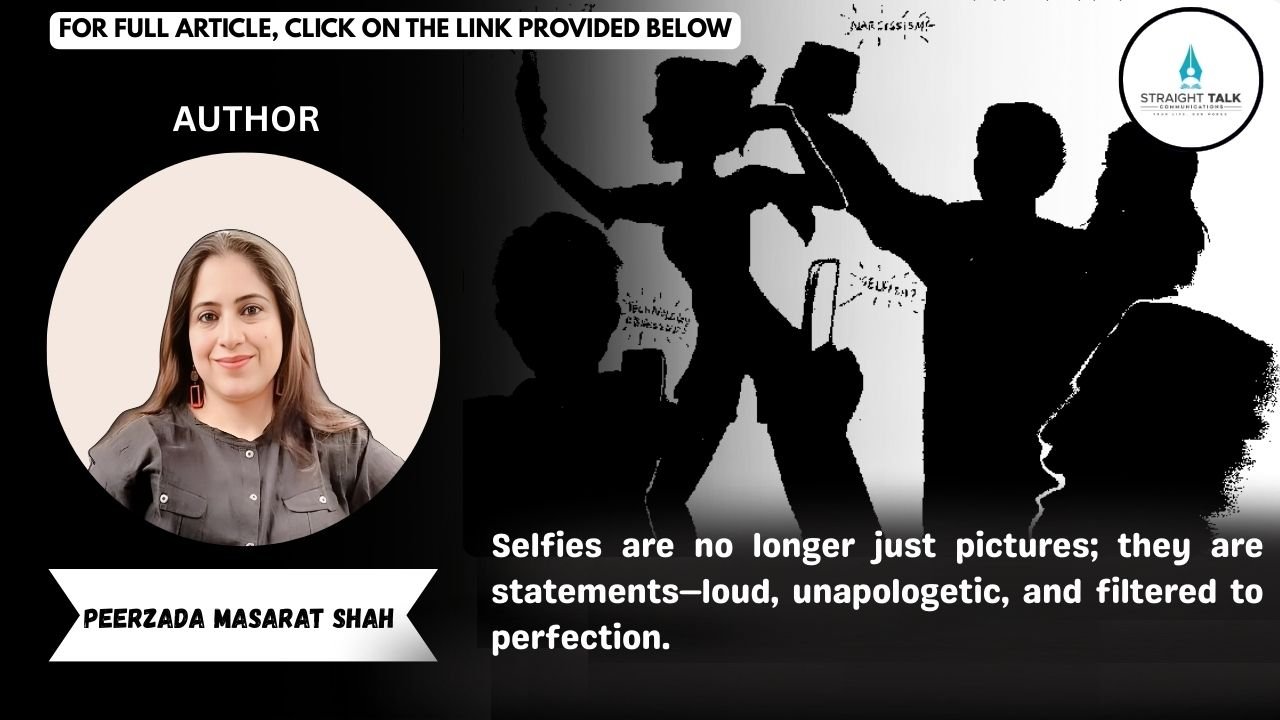
Selfies are no longer just pictures; they are statements—loud, unapologetic, and filtered to perfection.
Peerzada Masarat Shah
Once upon a time, people asked strangers to take their pictures. They stood still, posed awkwardly, and waited for the click of a camera. Fast-forward to today, and the game has completely changed. Now, we don’t just take pictures—we turn our cameras on ourselves, raise an eyebrow, tilt our heads to the “better side,” and voilà: a selfie is born.
What started as a casual snapshot has evolved into an everyday ritual, woven into the very fabric of modern society. In fact, selfies are no longer just pictures; they are statements—loud, unapologetic, and filtered to perfection. And whether you love them, hate them, or secretly take them in airplane bathroom mirrors, selfie culture has become one of the defining features of the digital age.
The Digital Mirror We Can’t Put Down
Statistics reveal the magnitude of this cultural shift. According to Statista, over 5 billion people worldwide are connected to the internet, and nearly 4.7 billion actively use social media platforms. Pair that with 6.5 billion active smartphone subscriptions, and you’ll realize we live in a world where nearly everyone is equipped with a pocket-sized mirror that doubles as a broadcasting station.
Unlike the olden days when self-portraits were painted painstakingly over weeks (think Rembrandt or Van Gogh), today’s self-portraits are instant, abundant, and often decorated with puppy ears courtesy of Snapchat or smoothed-out skin courtesy of Instagram filters.
The Art (and Science) of Me, Myself, and I
The selfie is no longer just about clicking a picture—it’s about curating an identity. Every angle, every filter, every carefully chosen background tells a story. Are you adventurous? Snap a selfie on a mountain peak. Intellectual? Take one at a library with a book you never intend to finish. Spiritual? Why not click one during a temple or mosque visit (bonus points for hashtags like #blessed)?
This hyper-curation of identity gives individuals unprecedented control over how they are perceived. But it also raises uncomfortable questions: are we presenting who we are, or who we wish others believed we were? After all, the distance between authenticity and performance on social media can often be as wide as the Grand Canyon—though that, too, makes for a great selfie backdrop.
When Likes Become Love
Here’s the irony: the selfie might be taken for yourself, but it lives and breathes through others. A selfie without likes is like a joke without laughter—awkward and disappointing. This need for validation has turned selfies into a kind of currency in the social media economy. The more likes and comments you gather, the richer you feel.
Psychologists argue that this constant feedback loop influences our self-esteem, sometimes positively, but often negatively. The dopamine rush from online approval is addictive, creating a cycle of posting, checking, and refreshing. It’s almost as though the worth of the person behind the selfie is now measured in double taps.
The Politics and Religion of Selfies
Selfie culture has also reshaped broader social systems. Politicians click selfies at rallies to appear “relatable.” Religious pilgrims document sacred journeys through selfies that blur the line between devotion and digital bragging. Even charitable acts are often accompanied by a strategically angled selfie to ensure generosity doesn’t go unnoticed.
The irony is glaring. Once, spirituality and politics asked for humility. Today, they ask for front-facing cameras.
The Dark Side of the Smile
But let’s not fool ourselves into thinking selfie culture is all sunshine, ring lights, and filters. Alongside its fun and expressive side, the culture has produced concerning trends. The obsession with perfecting digital images often fosters insecurities about body image. Studies link excessive selfie-taking with narcissism, anxiety, and even depression.
And then there are the literal dangers. News headlines are filled with tragic stories of people falling from cliffs, drowning in rivers, or getting hit by vehicles—all in the quest for the “ultimate selfie.” Ironically, while selfies are supposed to be a celebration of life, some have turned into fatal reminders of misplaced priorities.
A Reflection of Our Times
Ultimately, selfies are not just pictures. They’re reflections of modern society—its creativity, its insecurities, its desire for recognition, and its relentless need to be seen. They’ve reshaped communication, altered social hierarchies, and even redefined beauty standards.
Whether you view selfies as a harmless form of self-expression or as a mirror reflecting a deeply narcissistic culture, there’s no denying their impact. They are at once empowering and suffocating, liberating and limiting, real and fake.
So, What’s Next?
The selfie isn’t going away anytime soon. If anything, it will evolve—think 3D selfies, AR filters, AI-enhanced portraits. Who knows, maybe the future will bring holographic selfies floating around our living rooms. The point is, as long as humans crave recognition and validation, the selfie will remain a staple of digital life.
So next time you tilt your head, flash a peace sign, and click that front-facing camera, remember—you’re not just taking a picture. You’re participating in one of the greatest cultural phenomena of the 21st century.
And if you don’t get enough likes? Don’t worry. There’s always another angle, another filter, and another chance for the perfect “mirror, mirror on my phone” moment.
